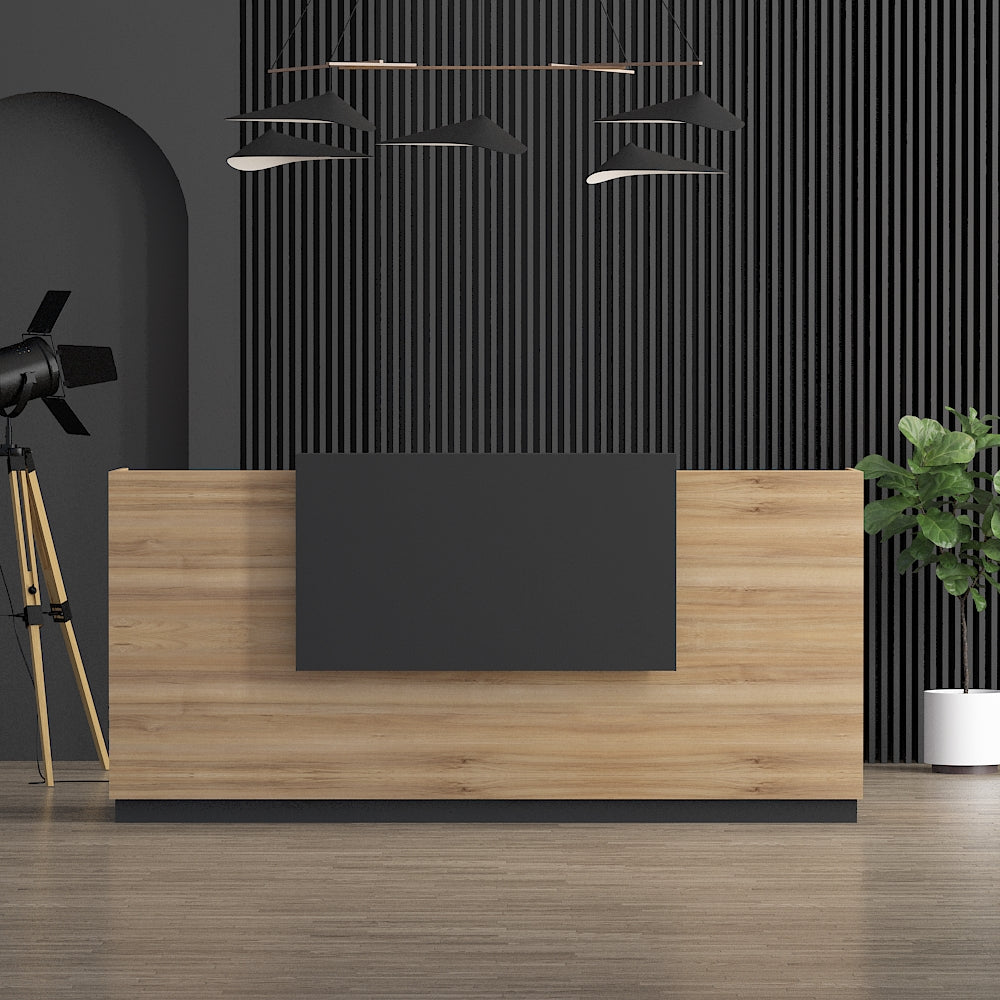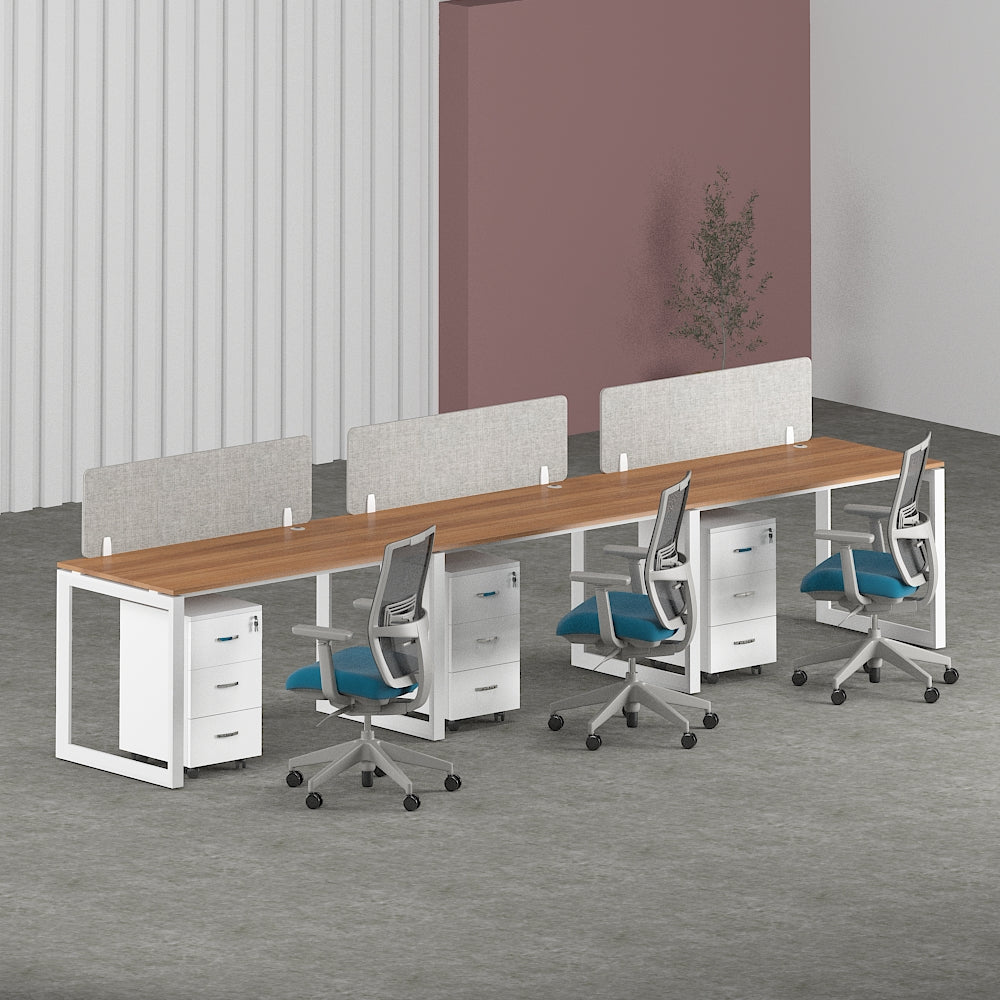In the contemporary professional landscape, the significance of office design goes beyond aesthetics. Modern businesses are increasingly recognizing the profound impact of workplace environments on employee well-being, satisfaction, and productivity. Delving into the psychology behind modern office setups unveils a complex interplay of factors that influence how individuals perceive and interact with their workspaces. From the layout to the furniture choices, every aspect contributes to shaping the employee experience. Let's explore the intricate relationship between psychology and office design, uncovering insights that can revolutionize the way we approach workspace optimization.
Understanding Workplace Design Psychology
The Science of Environmental Psychology
At the core of modern office design lies the principles of environmental psychology, which examines how physical surroundings influence human behavior and emotions. By integrating insights from this field, businesses can tailor office environments to align with cognitive and emotional needs, fostering a conducive atmosphere for productivity and creativity.
Office Environment Impact on Employee Performance
Creating a Positive Work Environment
A harmonious workplace environment is essential for nurturing employee well-being and performance. Factors such as ample natural light, comfortable temperatures, and noise control contribute to a sense of comfort and belonging, empowering individuals to focus on tasks without unnecessary distractions.
The Role of Biophilic Design
Biophilic design, inspired by nature, has gained traction for its ability to enhance mental health and productivity. Incorporating elements such as indoor plants, natural materials, and views of greenery can evoke feelings of tranquility and connection with the environment, revitalizing employees' cognitive resources and reducing stress levels.
Modern Office Layout Effects on Collaboration and Focus
Open vs. Closed Spaces: Striking the Balance
The debate between open-plan and enclosed office layouts continues to evolve, with each approach offering distinct advantages and challenges. While open spaces promote collaboration and communication, they may also lead to increased noise levels and decreased privacy, impacting individual concentration. Conversely, closed spaces offer seclusion but risk isolation and hinder spontaneous interactions. Achieving an optimal balance between these extremes is crucial for supporting diverse work styles and preferences.
Flexible Workstations: Empowering Employee Choice
The rise of flexible workstations reflects a shift towards empowering employees with autonomy over their work environment. Providing options for standing desks, quiet zones, and communal areas accommodates varying tasks and preferences, enabling individuals to customize their workspace to suit specific needs throughout the day.
Unlocking Employee Productivity Psychology
Color Psychology in Office Design
The strategic use of colors in office design can evoke specific emotions and influence cognitive processes. For instance, shades of blue promote calmness and focus, making them ideal for areas requiring concentration, while vibrant hues like yellow and orange stimulate creativity and energy, enhancing brainstorming sessions and collaborative activities.
Lighting: Illuminating Performance
Lighting plays a pivotal role in shaping the ambiance and functionality of office spaces. Natural light is preferred for its ability to regulate circadian rhythms and elevate mood, whereas artificial lighting should be carefully calibrated to minimize glare and shadows, ensuring optimal visibility and comfort for prolonged work periods.
Office Space Psychology: Maximizing Spatial Dynamics
Zoning and Flow Optimization
Efficient space utilization involves strategic zoning to delineate different functional areas and optimize traffic flow. By designing intuitive pathways and organizing furniture layouts conducive to movement and interaction, businesses can minimize congestion and facilitate seamless navigation within the office environment.
Psychological Impact of Clutter
Clutter not only diminishes physical space but also exerts a psychological burden on individuals, leading to feelings of overwhelm and disorganization. Implementing storage solutions and decluttering strategies not only enhances aesthetic appeal but also promotes mental clarity and focus, enabling employees to operate in an environment conducive to productivity and well-being.
Office Furniture Influence on Comfort and Ergonomics
Ergonomic Considerations for Health and Performance
Investing in ergonomic office furniture is essential for safeguarding employee health and productivity. Chairs with adjustable lumbar support, standing desks, and monitor arms promote proper posture and reduce the risk of musculoskeletal disorders, ensuring sustained comfort and performance throughout the workday.
Personalization and Comfort
Recognizing the individuality of employees, offering customizable furniture solutions allows for personalized comfort and satisfaction. From adjustable desk heights to ergonomic accessories, empowering individuals to tailor their workstations to ergonomic preferences fosters a sense of ownership and well-being, ultimately enhancing overall job satisfaction and retention.
Crafting a Positive Workspace Atmosphere
Cultural Elements and Identity
Infusing office spaces with elements that reflect the company's culture and values cultivates a sense of belonging and pride among employees. Whether through branded decor, artwork, or thematic design elements, incorporating cultural nuances creates a cohesive identity that resonates with individuals, fostering a positive and inspiring workspace atmosphere.
Social Spaces: Fostering Connection
Beyond traditional work areas, dedicating spaces for socialization and relaxation encourages interpersonal connections and breaks down hierarchical barriers. Cafeterias, lounge areas, and recreational zones provide opportunities for informal interactions and team bonding, nurturing a sense of camaraderie and collaboration among colleagues.
Conclusion
In conclusion, the psychology behind modern office setup transcends mere aesthetics, encompassing a holistic understanding of human behavior, cognition, and well-being. By leveraging insights from environmental psychology and ergonomic principles, businesses can create work environments that empower employees, enhance productivity, and foster a culture of innovation. By prioritizing the psychological needs of individuals, organizations can unlock the full potential of their workforce and cultivate a thriving workplace ecosystem.
FAQs (Frequently Asked Questions)
1. How does office design impact employee morale and job satisfaction?
Office design influences employee morale and job satisfaction by creating a comfortable and inspiring workspace that meets their psychological needs and fosters a sense of belonging.
2. What are some common mistakes to avoid in modern office design?
Common mistakes include neglecting ergonomic considerations, overcrowding spaces, and failing to incorporate elements of biophilic design or adequate lighting.
3. How can businesses assess the effectiveness of their office design?
Businesses can assess the effectiveness of their office design through employee feedback surveys, observation of workspace utilization, and tracking metrics such as productivity, retention rates, and absenteeism.
4. What role does technology play in modern office design psychology?
Technology plays a pivotal role in enhancing workplace efficiency and connectivity, influencing decisions regarding furniture layout, infrastructure design, and digital integration within the workspace.
5. How can small businesses implement effective office design on a budget?
Small businesses can implement cost-effective office design solutions by prioritizing essential elements such as ergonomic furniture, optimizing space utilization, and incorporating creative DIY or upcycling initiatives to enhance aesthetics without breaking the bank.












































